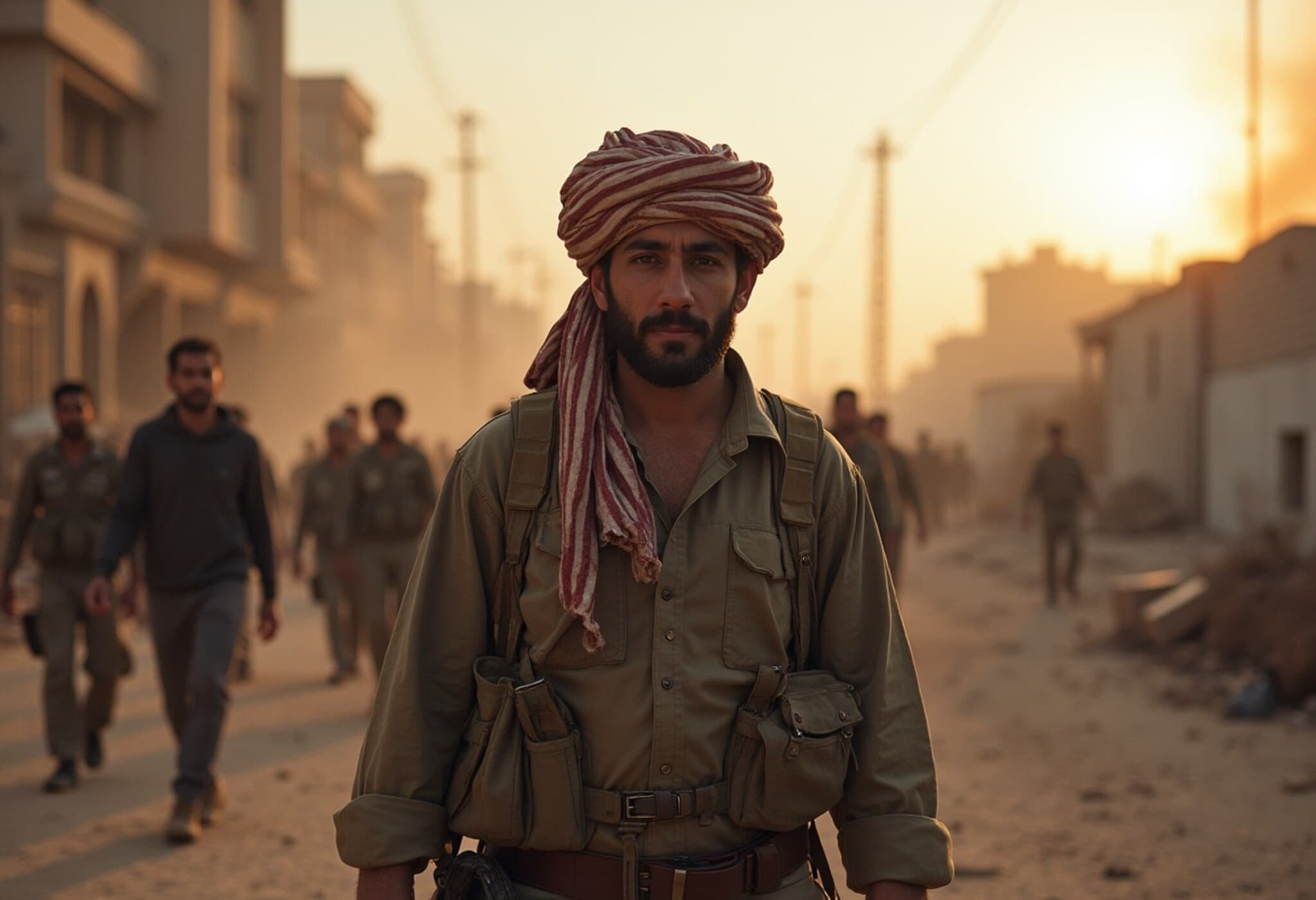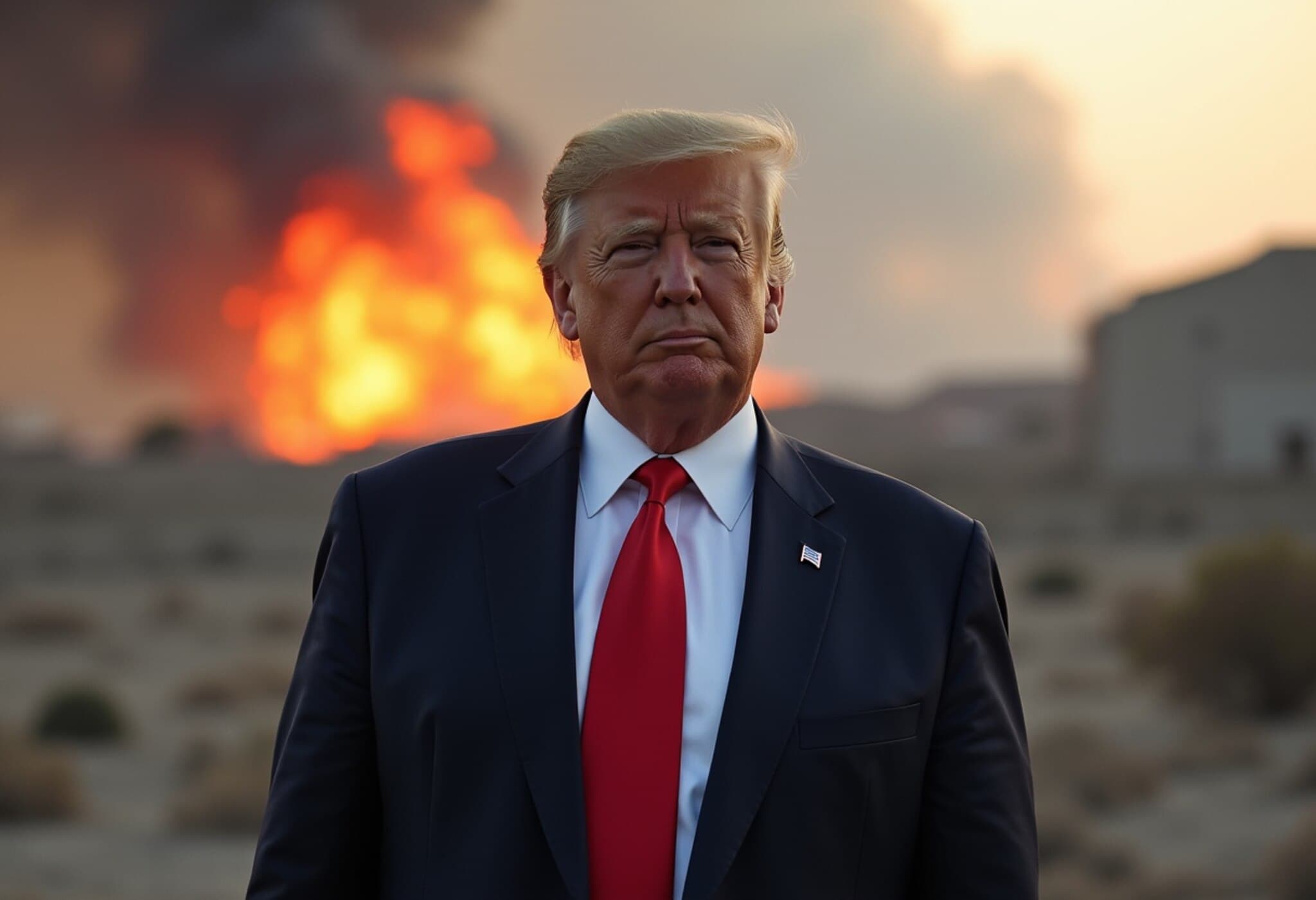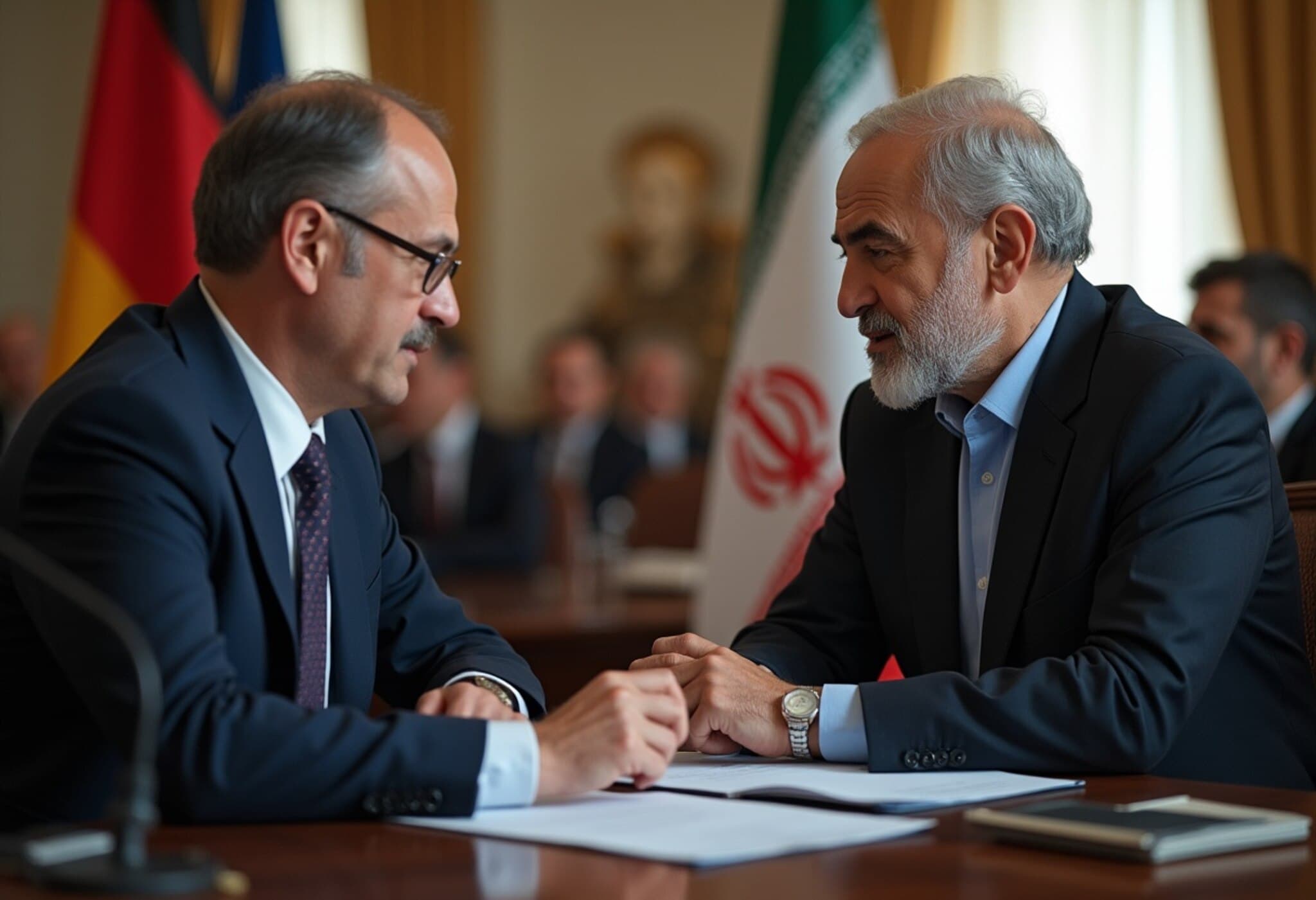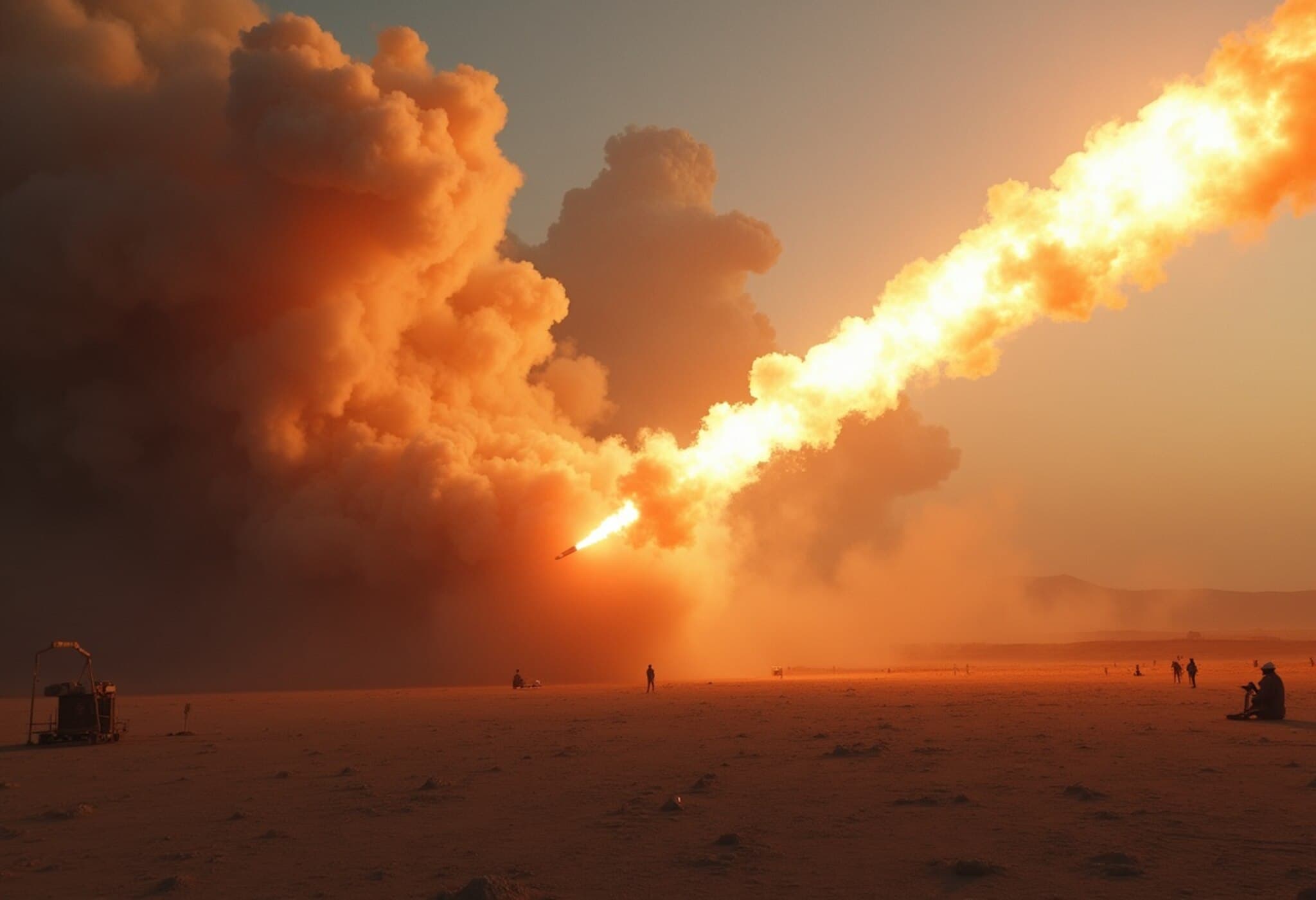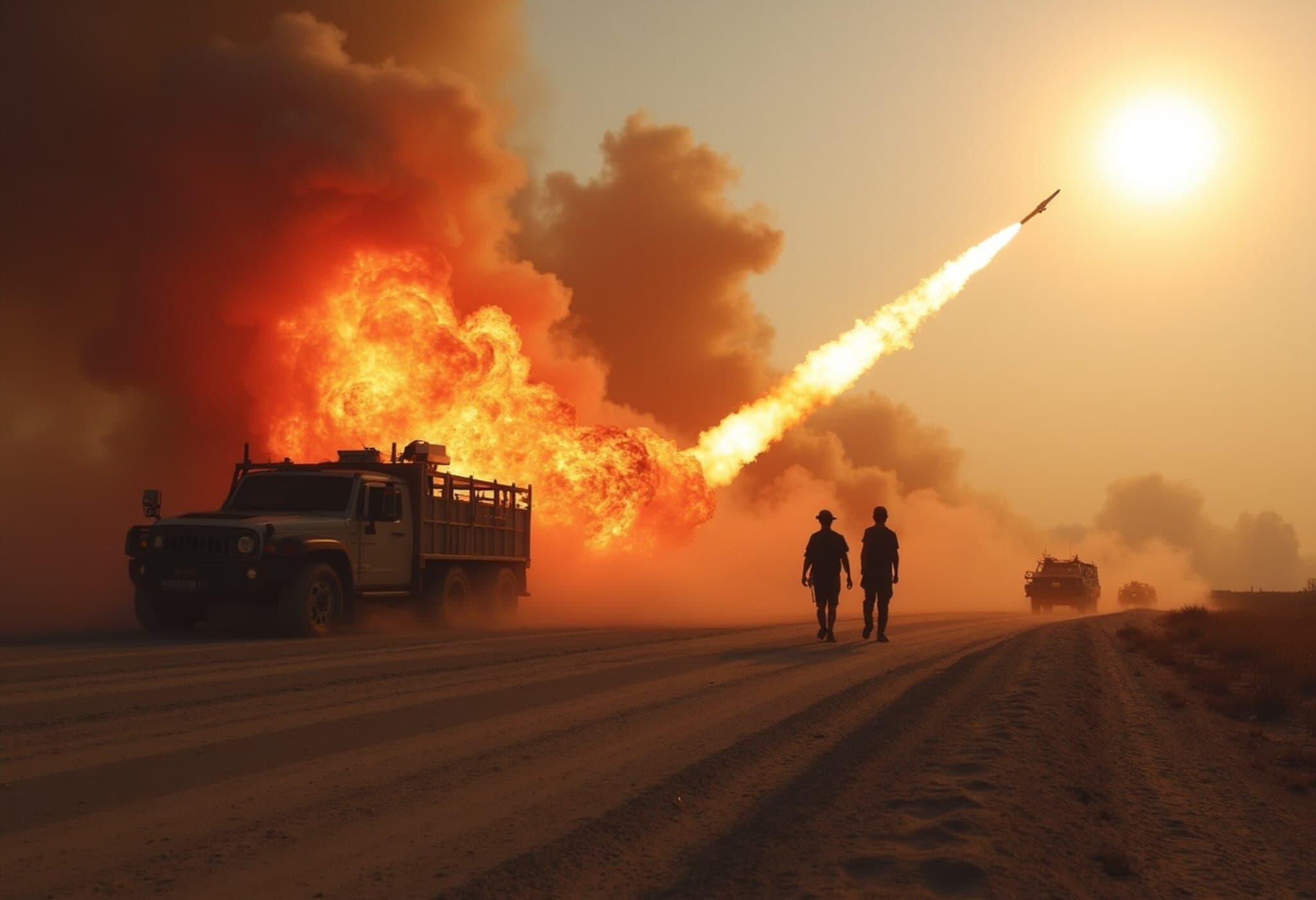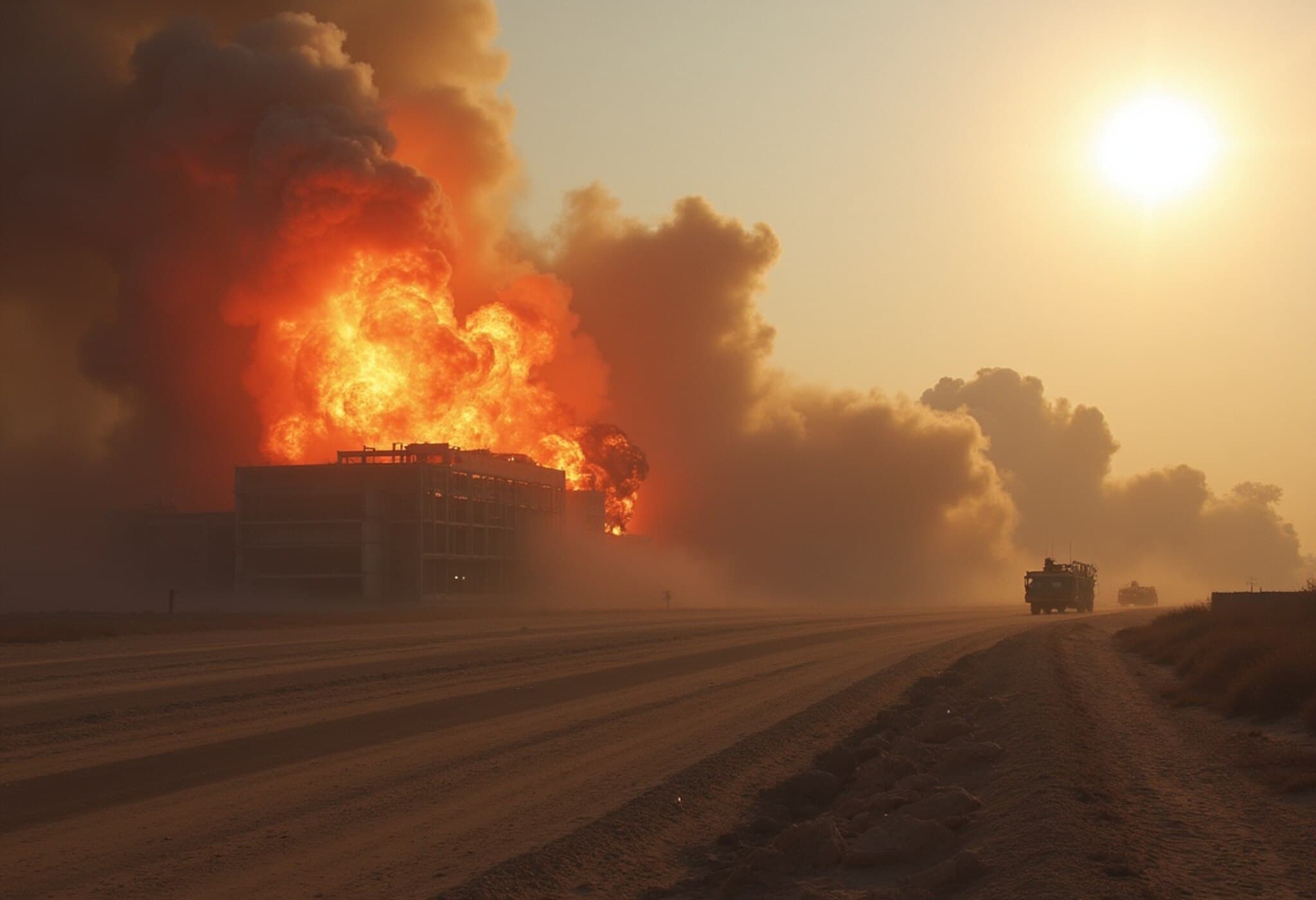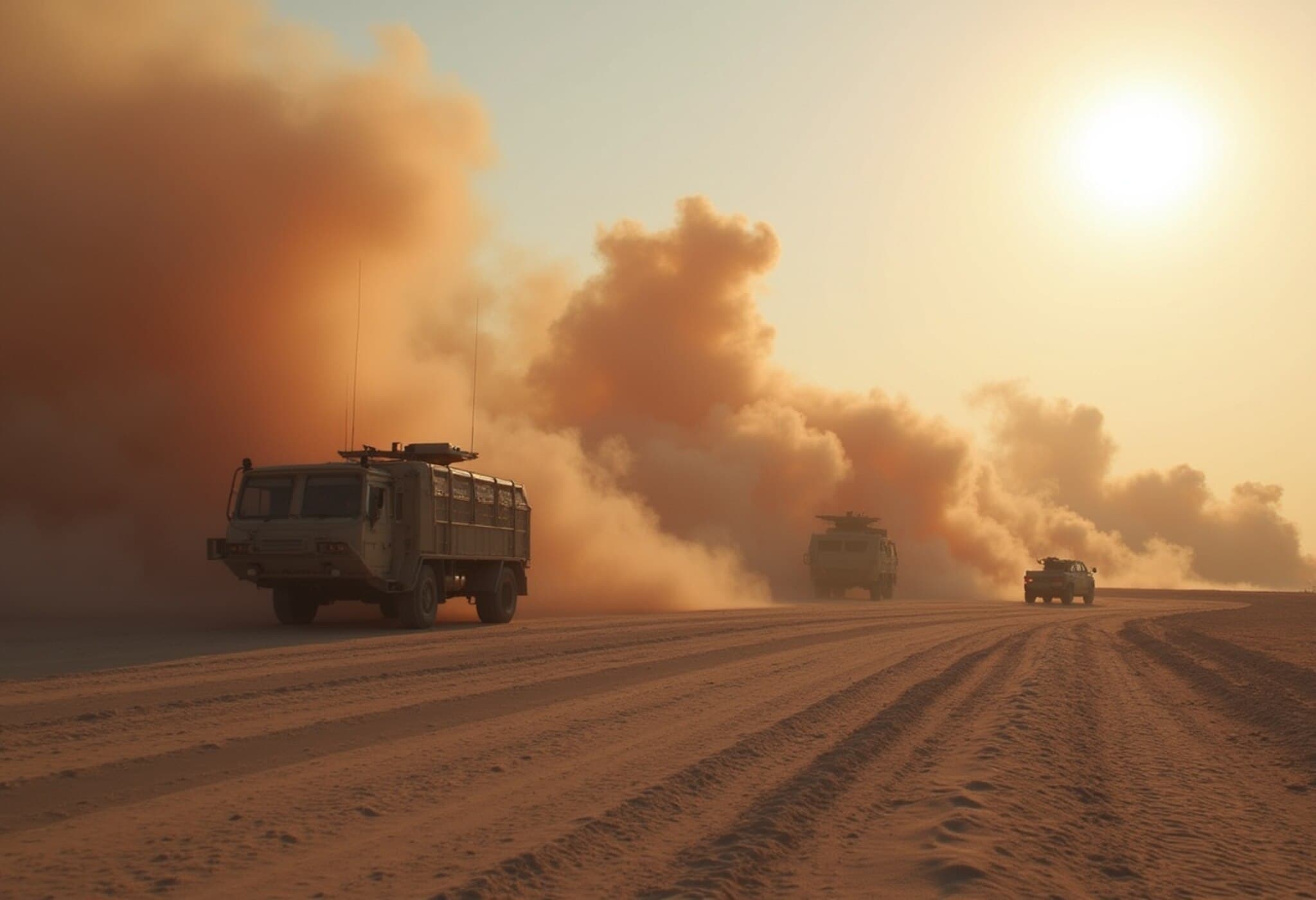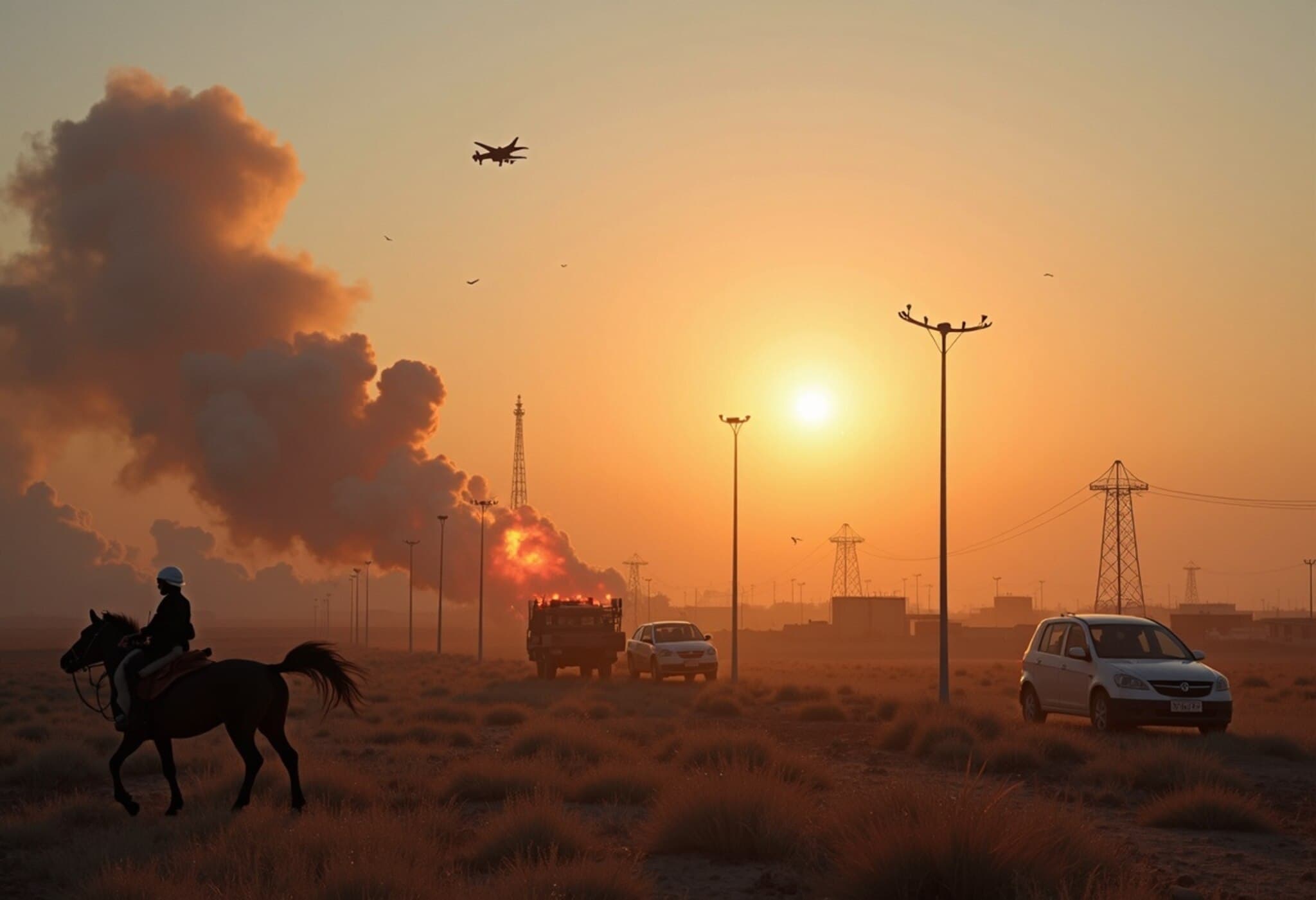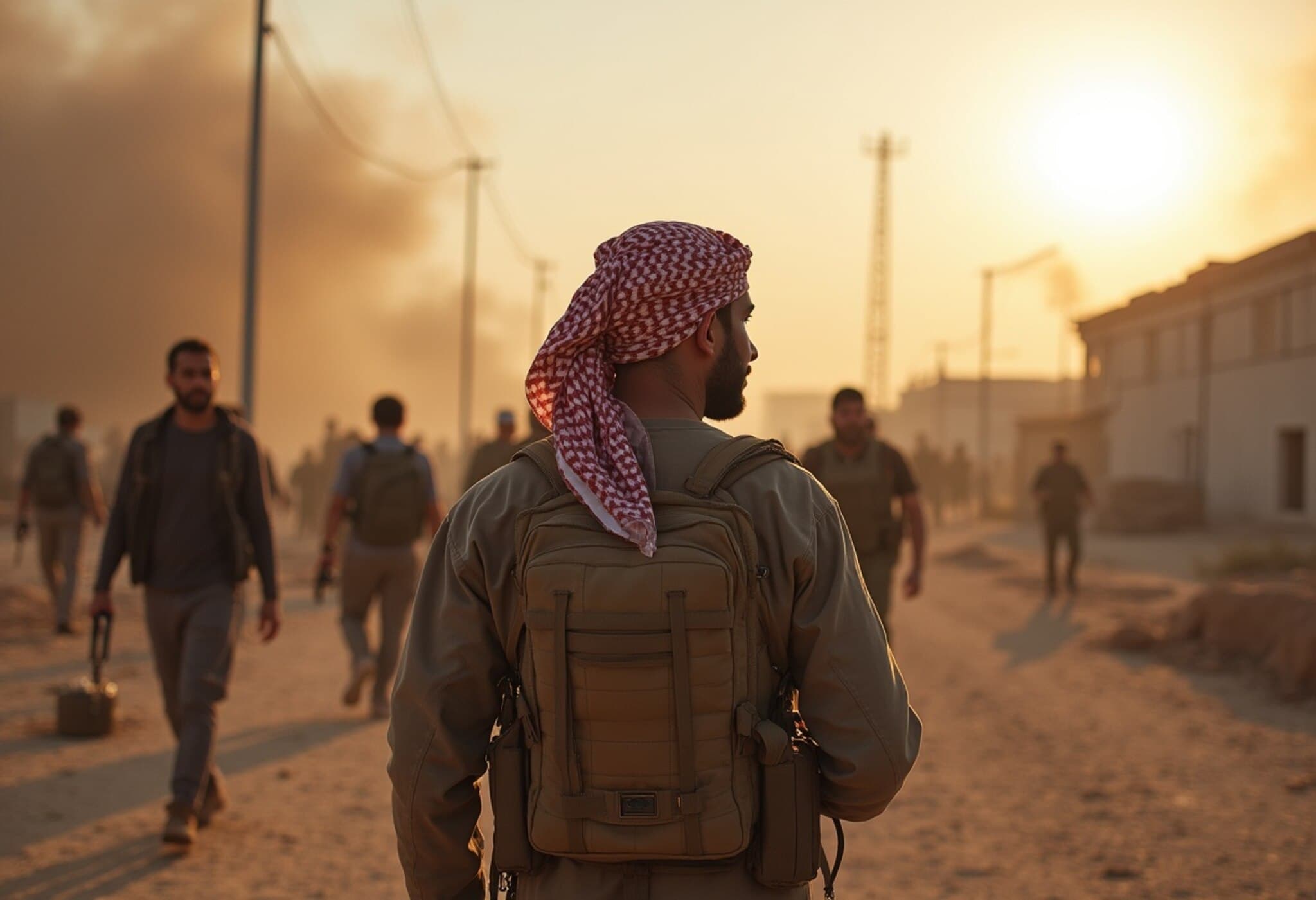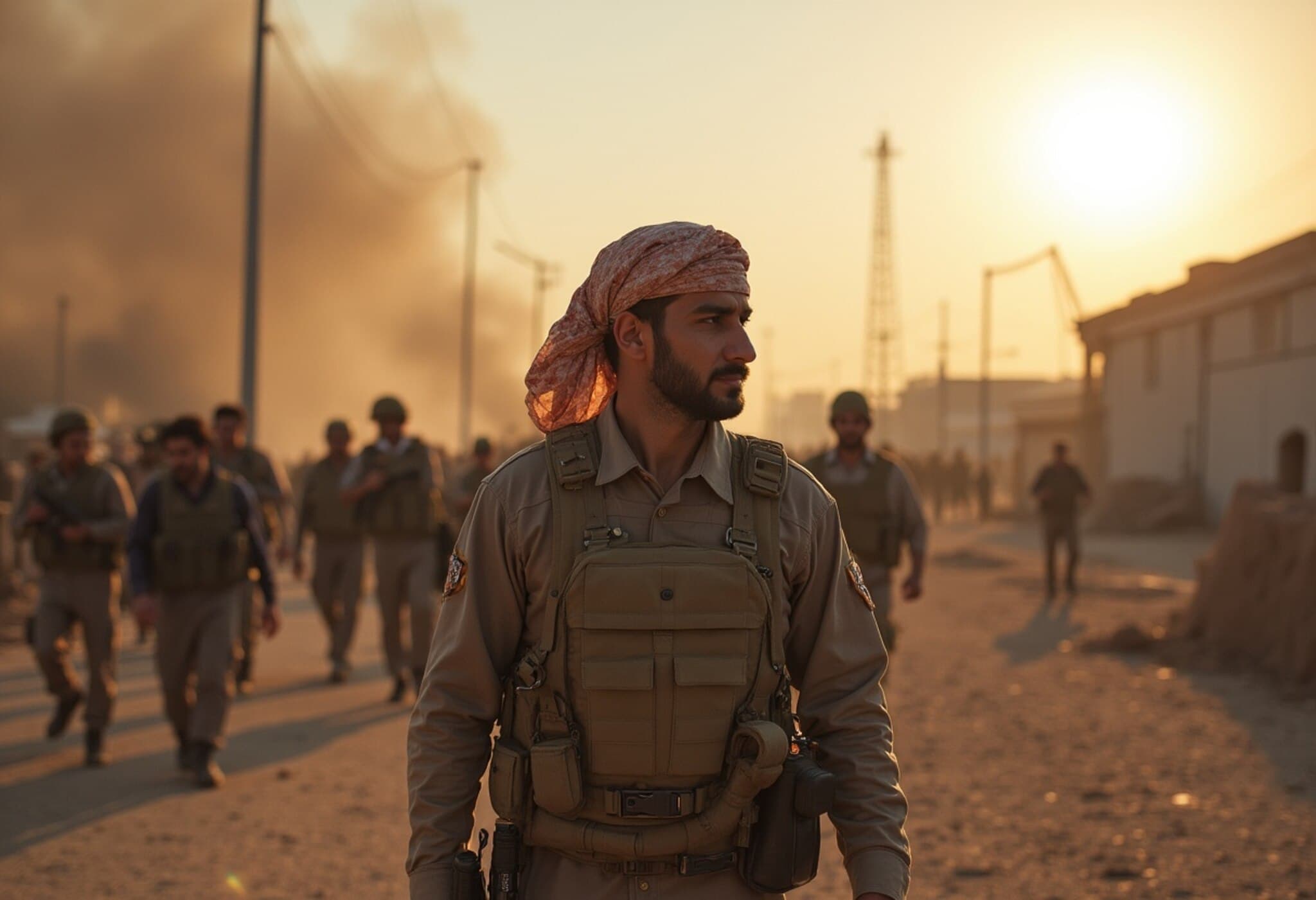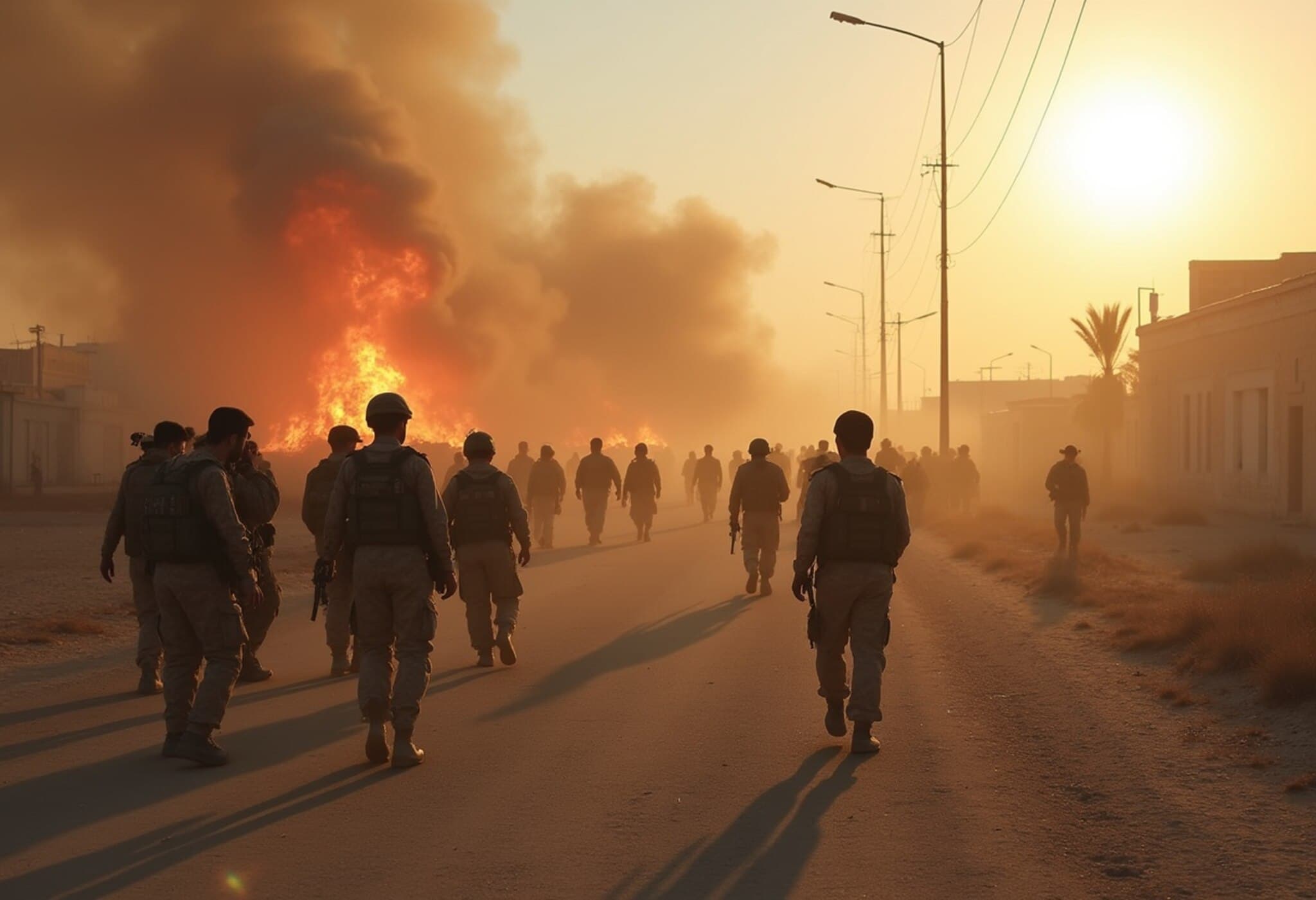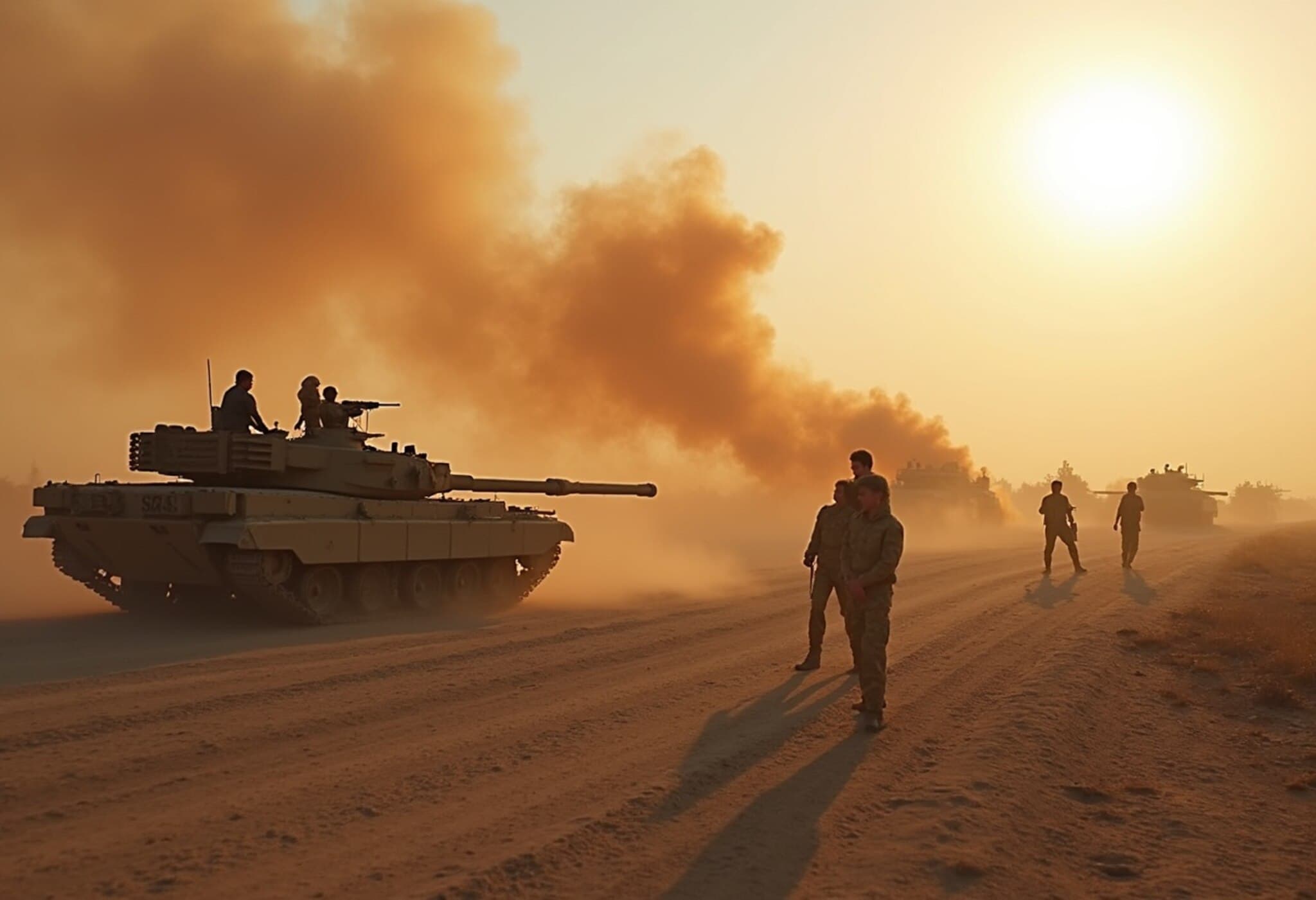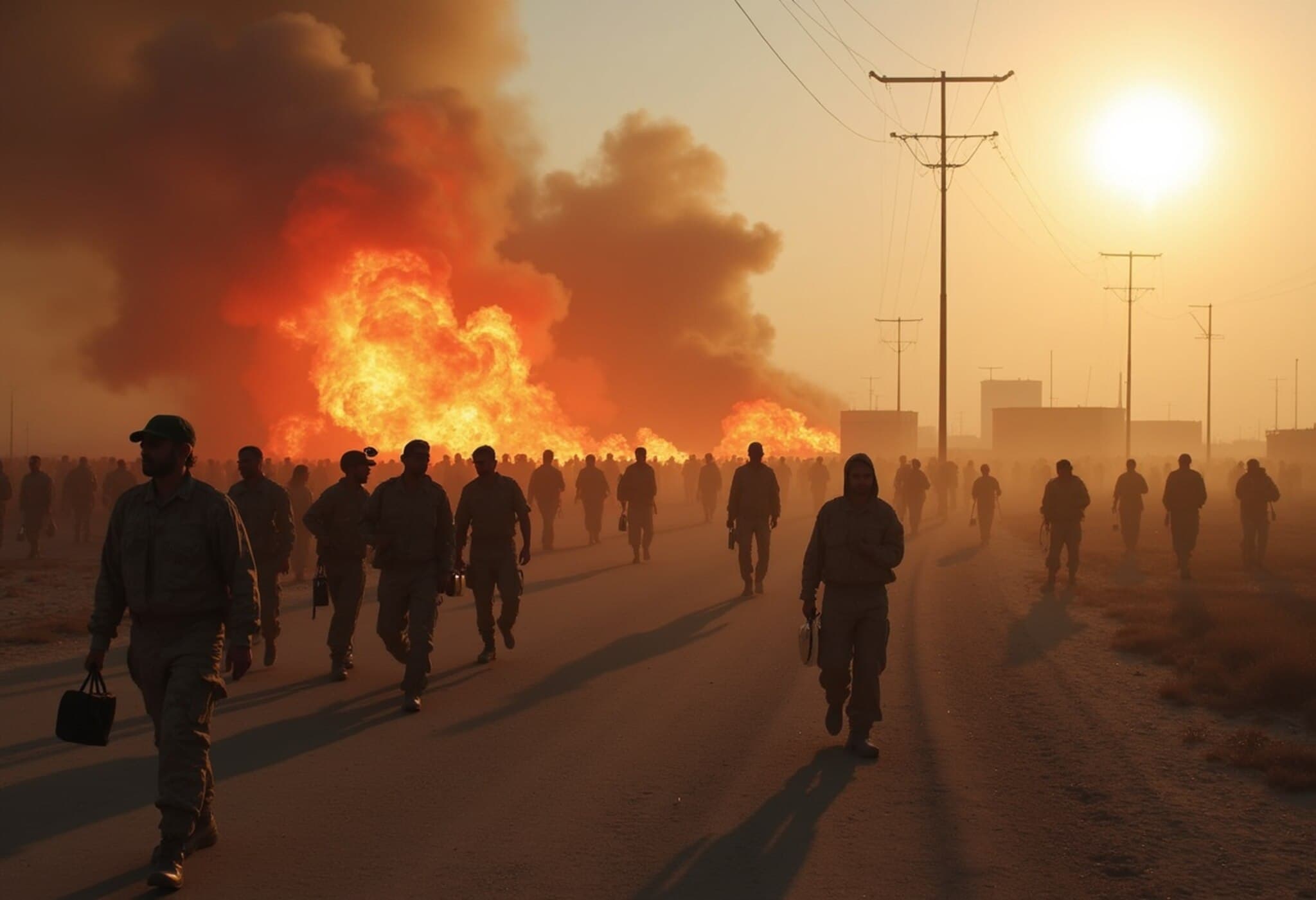Renewed Ceasefire Declared Amid Syrian Druze Clashes and Israeli Military Strikes
In the southern Syrian province of Sweida, a fresh ceasefire agreement between the Syrian government and Druze community leaders was announced on Wednesday, seeking to restore fragile peace after intense clashes that have threatened Syria’s delicate postwar political landscape. However, the truce remains precarious as Israeli airstrikes persist, underscoring the complexity and volatility of the region.
Fragile Peace After Days of Fighting
Government forces began pulling back from Sweida following the new ceasefire declaration, formalized by Syria’s Interior Ministry and communicated via video by Druze religious authorities. Yet, skepticism surrounds the pact's durability: only a day earlier, a ceasefire quickly disintegrated, and a leading Druze figure, Sheikh Hikmat Al-Hijri, publicly rejected the recent arrangement. The ongoing discord highlights deep mistrust and the layers of intra-community and military tensions.
Escalating Israeli Airstrikes in Damascus and Border Areas
Compounding the unrest, Israel intensified its military campaign, conducting rare airstrikes over Damascus’s city center and its military headquarters. These strikes, part of a broader Israeli strategy to thwart Islamist militant groups near its border, have resulted in casualties and further destabilization. Israeli Defense Minister Israel Katz declared that "painful blows have begun," signaling a more aggressive posture.
Israel’s incursions not only reflect its enduring security concerns related to militant threats adjacent to the Golan Heights but also signal the tricky balancing act of regional diplomacy and internal Syrian strife. The Israeli military's redeployment of troops from Gaza to the Golan underscores the seriousness with which it views developments in Syria.
Complex Roots of the Conflict: Tribal Rivalries and Postwar Unrest
The recent violence traces back to tit-for-tat kidnappings and retaliations between Sunni Bedouin tribes and Druze armed factions, sparking broader confrontations involving government forces. Notably, some government troops clashed harshly with Druze militias and reportedly targeted civilians, exacerbating sectarian tensions.
This turmoil represents perhaps the gravest challenge to Syria’s newly established governance following the ousting of longtime ruler Bashar Assad last December. The newly formed, primarily Sunni Muslim-led authorities face skepticism and resistance from the country's mosaic of religious and ethnic minorities, particularly after past sectarian revenge episodes that claimed hundreds of lives.
Human Toll and the Druze Community's Struggle
Amid the fighting, countless Druze family members remain trapped or displaced, with communication blackouts amplifying their anguish. Personal stories emerge of loved ones caught in the crossfire—such as Evelyn Azzam, who fears her husband, shot while apparently unarmed, remains missing after being taken to a hospital.
Community members in the UAE and elsewhere report harrowing accounts of shelling, looting, and homes destroyed by fire — a grim echo of the brutal 2018 Islamic State attack on Sweida. Druze militias portray themselves as protectors of their province and families, caught amid broader geopolitical and sectarian maelstroms.
Underreported and Critical Questions for Syria’s Future
- How sustainable is peace in Sweida amid deep-rooted tribal and sectarian divisions? The fragile ceasefires raise concerns about long-term reconciliation.
- What is the broader regional impact of Israeli strikes inside Syrian territory? Israel’s assertive military actions risk further entangling the Syrian conflict with regional rivalries.
- How are minority communities, such as the Druze, navigating survival in Syria’s volatile political landscape? Their role as both victims and actors deserves greater focus.
- What mechanisms exist to hold accountable those perpetrating atrocities amid the conflict? Reports of field executions and abuses demand transparent investigations.
International Reactions and Calls for Calm
International voices like US Secretary of State Marco Rubio have expressed concern over the escalating violence, urging dialogue and de-escalation. Meanwhile, Druze communities in the Israeli-occupied Golan Heights have protested in solidarity, highlighting the transnational dimensions of the conflict.
This unfolding crisis reflects the complex interplay of ethnic identity, national sovereignty, and regional security concerns that continue to embroil Syria and its neighbors in cycles of violence.
Editor’s Note
The renewed ceasefire in the Druze-dominated Sweida province underscores just how fragile and contested Syria’s postwar transition remains. Beyond headline-grabbing airstrikes and military maneuvers, the human stories of families torn apart and communities living under siege reveal the conflict's profound societal costs. The involvement of Israel adds a sharp geopolitical edge, reminding us that Syria’s civil war is far from a domestic dispute—it is a proxy battlefield with far-reaching implications.
Going forward, it is critical to watch how minority groups like the Druze negotiate their survival amid competing powers, shifting alliances, and persistent insecurity. The international community faces the challenge of supporting peaceful resolution while respecting Syria’s complex local dynamics. Accountability for reported atrocities and protection for civilians must remain central to any discussion on Syria’s future stability.
This story invites readers to consider the entangled nature of local grievances and global politics and to reflect on the human dimension behind geopolitical headlines.

